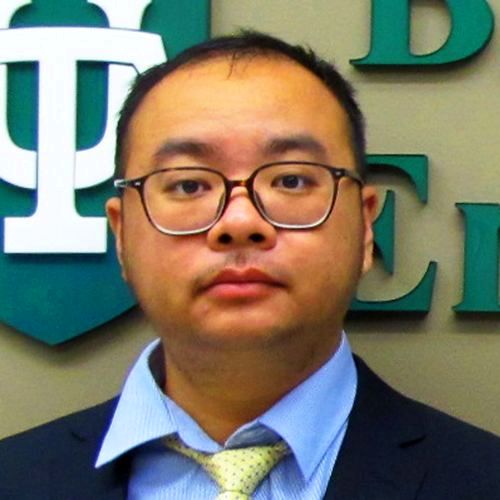About This Webinar

The study of tissue samples from the organs of individuals who have died as a direct result of acute COVID-19 infection, or its consequences, is vital to our understanding of the pathogenesis of this disease. Since early 2020, there have been numerous reports of multiorgan histology findings from autopsy, yet all of these have been restricted to the analysis of traditional, microscopically thin 2D sections. In April of 2020, Li and his colleagues reported on the first fully 3D virtual histology findings in pulmonary samples in African American patients in an early autopsy series, using tissue clearing and high-speed, high-resolution selective plane illumination microscopy. Li presents the first teravoxel, massively multiscale 3D histology images of fatal multiorgan COVID-19 disease and demonstrates unique insights gained from 3D imaging. In addition to the researchers' original 2020 pulmonary series, Li presents their subsequent findings from the lungs, hearts, and kidneys of patients who have died from COVID-19 or its consequences.
***This presentation premiered during the 2022
BioPhotonics Conference. For more information on Photonics Media conferences, visit
events.photonics.com.
About the presenter

Guang Li is a doctoral candidate at the Translational Biophotonics Lab under Quincy Brown at Tulane University. Li received his bachelor’s degree in biomedical engineering from Dalian University of Technology in China and his master’s degree in biomedical engineering from Tulane University. He has interest in optimizing imaging and image processing of dual-view inverted selective plane microscope (diSPIM) systems. Li is improving sample preparation by developing staining protocols and tissue-clearing protocols, and enhancing image signal-to-noise ratio and resolution with the assistance of traditional image processing algorithms such as deconvolution and new approaches such as deep learning. He puts 3D imaging with diSPIM into practice for many digital histopathology studies, including an autopsy series study from 2020 of patients with COVID-19-related death, and detection and visualization of mouse vagina elastin fibers.